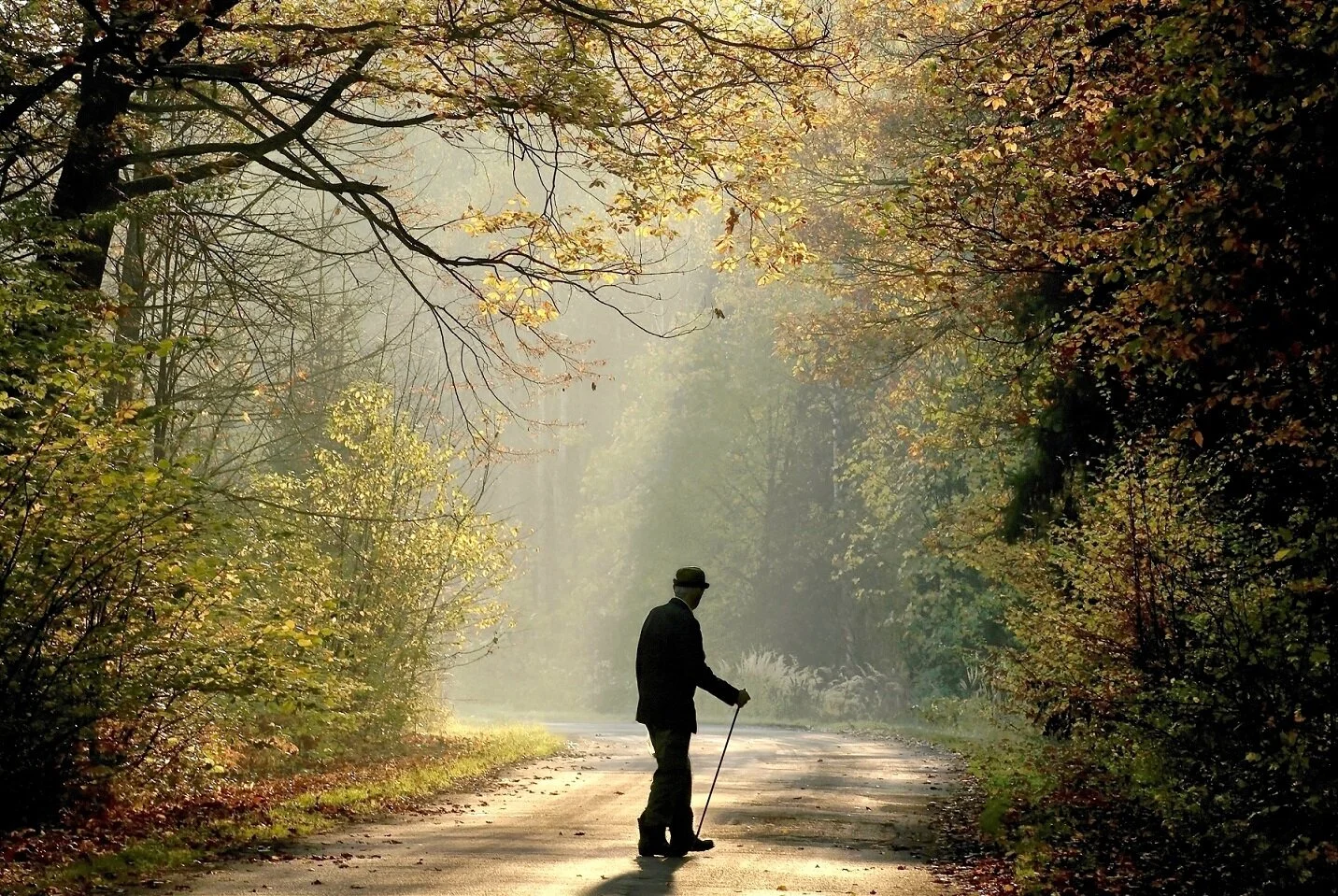About 125.000 years ago, the arctic region was covered in green vegetation, stretching as far north as the arctic ocean. Research reveals that this may happen again in the future.
A Titan Mission Could Refuel on Site and Return a Sample to Earth
Cool technology allows for a wooden floor that generates electricity
Scientists on the ISS discovered three genetic variants of bacteria that could help grow plants on Mars
Accidental event leads to the discovery of self-propelling materials
Study exposes mechanisms behind green tea compounds that fight cancer, providing hope for future treatment
Nuclear fusion: building a star on Earth is hard, which is why we need better materials
Being active increases heart attack survival by up to 45%
Interesting biotech developments for self-sufficient Martian colonies
Perceived sincerity is affected by how long it takes to answer questions
How long has the ice on the Martian north pole been there?
Scientists discover that it is possible to communicate with people while they dream
Playing video games lowers risk of depression later in life for boys
Scientists may be able to predict types of dementia more accurately based on walking patterns
Insomniacs may be getting more sleep than they think
Five unusual technologies for harvesting water in dry areas
New high-tech backpack design promises load-reduction utilizing waste energy from walking
Home AI's and smart devices may soon be able to monitor our mental health
In evolution, the need for sleep may have arisen earlier than the acquisition of a brain
Soil biodiversity in danger: why it is crucial to protect what lies beneath our feet
When we think about protecting our environment, we often think of what lives above the land; we think of the trees, the wildlife on our moorlands, and removing plastic from our oceans. But we need to start looking further down, to what truly lies beneath our feet and beyond what our eyes can see; we need to look to what inhabits our soils.



















